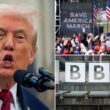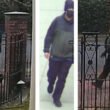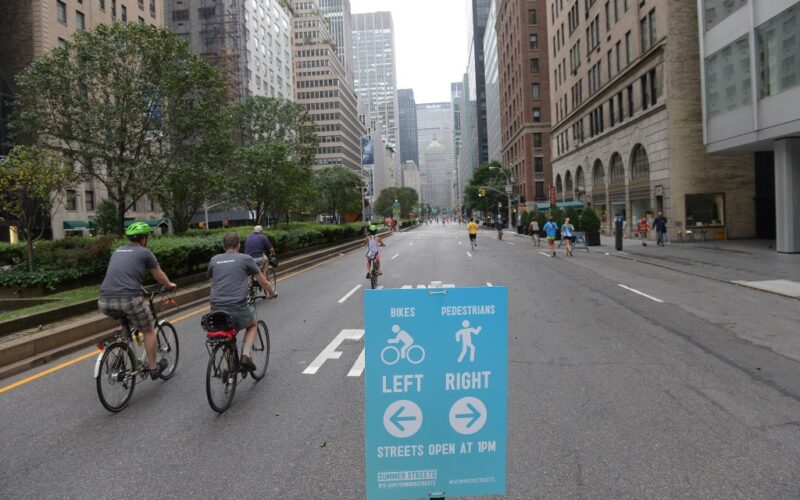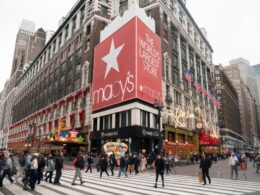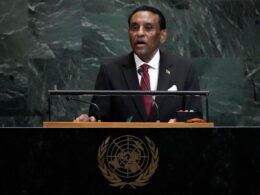Zohran Mamdani’s campaign captured the attention of voters by promising to address the city’s affordability crisis and by connecting with New Yorkers on our streets.
You don’t have to look hard to find city streets in just about every image of his campaign. He walked the length of Manhattan four nights before the primary. His streetside interviews with New Yorkers across the five boroughs circulated widely on social media. He had 50,000 New Yorkers pounding the pavement to share his vision for a more affordable New York.
Our streets and public spaces are the easiest places for New Yorkers to see our city becoming a better place to live, work, and raise a family. New trees, clean sidewalks, safe intersections, bustling plazas, bright lighting, local art and performances, and active commercial corridors make us healthier and happier.
Our public spaces can exemplify the joys of city life or signal its demise. Only one in three New Yorkers rate our quality of life here as good or excellent — and the quality of public spaces plays an outsized role. Recent surveys convey New Yorkers’ sense that the city does not feel safe, causing them to spend less time outdoors and on public transit. We have work to do to make our public space worthy of this world class city.
The pandemic sparked enormous creativity on our streets. A central goal was to prevent restaurants and small businesses from shuttering, but New Yorkers also leaned into their love of outdoor dining, stoop life, mutual aid distribution, and sidewalk thrifting. We realized how much we need adequate space for block parties, protests, and festivals.
Since then, red tape, costly permits, and eliminated programs have eroded many of our gains. The quality of our streets and public spaces is vastly uneven. Wealthy neighborhoods have business-led organizations that improve public spaces and champion capital investment, while the rest of the city is left to volunteers and underresourced organizations. The solution for equitable public space must be driven by city government — not private partnerships alone.
We have found answers to these challenges through our experience funding and leading the Local Center. The Local Center connected community organizations and design professionals to bring public spaces to life in eight neighborhoods across the five boroughs.
Long-rooted community organizations and 5,000 neighbors defined new visions for public space in their neighborhoods and launched projects that celebrated each community’s history and future. Community leaders transformed parking lots, parks, and plazas into performance venues, markets, classrooms, and organizing spaces.
Surveys showed the Local Center’s projects cultivated community connection, safety, and liveliness in public spaces. Residents reported spending more time there as a result. We know many more neighborhoods are eager for this kind of catalytic support because 90 communities applied to participate.
A mayor committed to bringing our streets back to life in a courageous way should expand the Local Center’s effort, launching a comprehensive public space plan for New York starting with our plazas and streets.
Imagine bringing 100 new “town squares” to neighborhoods where public space investment has been minimal. Imagine an Open Streets initiative that operates in every neighborhood, giving community organizations and small businesses who steward them enough support to create connected, safe, and thriving corridors.
This is about making public space for us, resourcing community organizations to lead the change in their neighborhoods, rather than imposing the same old street or plaza template. We’re not talking about just steel barriers and temporary seating — but spaces to safely gather, dine, play, and perform, similar to improvements in the Meatpacking District and the plan for Paseo Park underway on Queens’ 34th Ave.
This could be accomplished with an investment of $50 million annually, bringing new open space, street safety, and commercial vitality to every community where existing programs have been least successful, most prominently in the Bronx, Queens, and Staten Island.
We need a focused effort driven by City Hall to give every neighborhood a plaza or open street shaped by local organizations and residents. Vibrant “town squares” throughout the city would be home to year-round programming, including markets, festivals, and public art projects that reflect the culture, history, and interests of the local neighborhood.
Decades of research show how residents benefit when public space is better: more safety, more successful small businesses, better physical and mental health outcomes, stronger local economies, increased sense of community, and higher trust and participation in government.
Will the next mayor pave the way?
McPhee is executive director of the Urban Design Forum. King is senior program officer at the Charles H. Revson Foundation.

